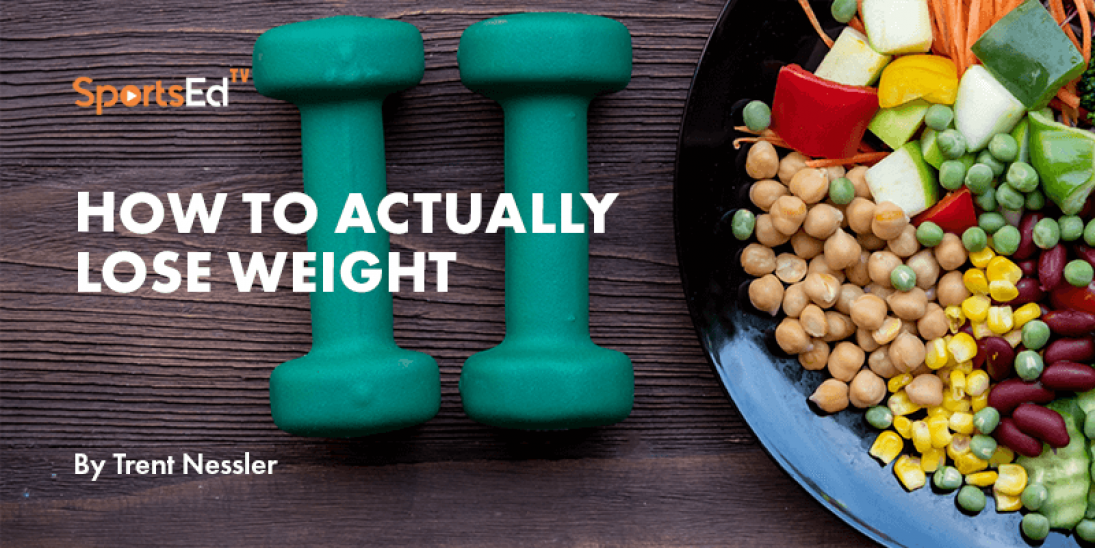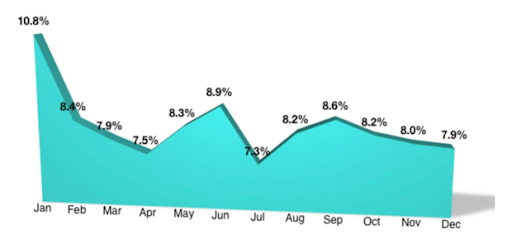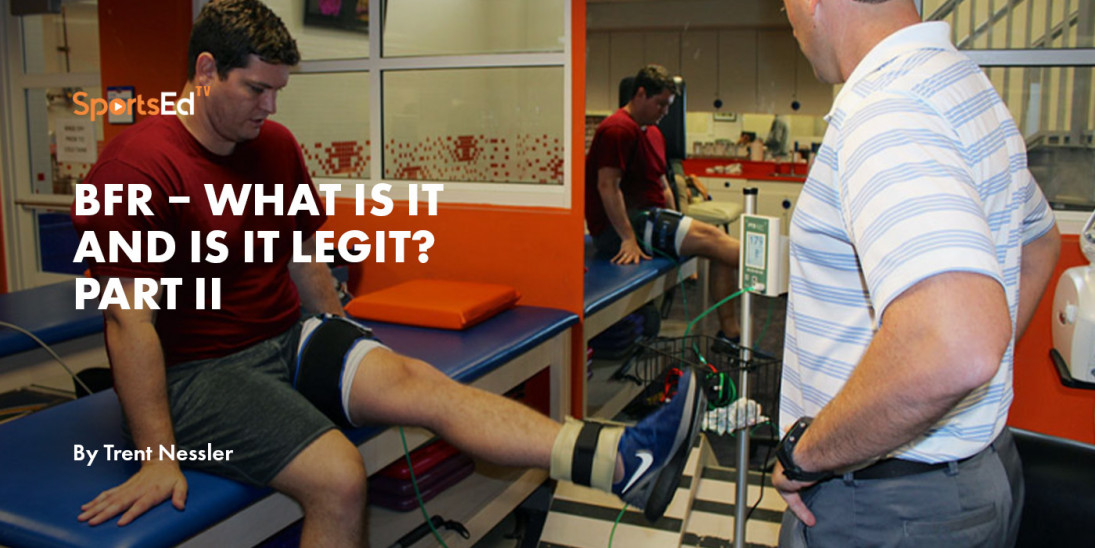Nutrition, Health
Welcome and thanks for visiting...

How To Lose Weight And Meet Your Health Goals

As we approach the end of the year, many of us start thinking about new year’s resolutions. One of the most common resolutions is a health related goal (losing weight, becoming more fit, stop smoking, etc). According to Bloomberg, >44% of Americans set New Year’s Resolutions and 20-30% are often health related resolutions. As a result, there is typically an almost 11% increase in gym membership registrations during the month of January. However, this significantly falls off in the month of Feb and March with most falling back into their pre-resolution patterns. Why? Several speculate it is because of the expectation that one should see weight loss quickly and are discouraged when not seeing their results immediately.

In this series, I wanted to help you be successful with your fitness/health related resolutions with some simple tips. Whether you are an athlete, a parent or coach, these are tips that will help anyone reach their fitness goals. First, does this take time? Absolutely. Is it somewhat cumbersome? A little. But isn’t your health worth it? This is the single biggest investment you can make in your life. Take the time to do it. If it were easy, anyone could do it. But it is also not hard if you know what you are doing. You have to know that on the front end it takes time, some investment and you have to be willing to do what it takes. In this series, I will give you the tools. If you do it, the results will amaze you.
First - Be realistic. If you have not worked out in 10-20 years and have been overweight for the last 10, you can’t expect to lose that overnight. It took a long time to put on and it takes a long time to take it off. This does not mean you won’t see progress, but progress comes slowly over time. You have to know this walking into it and be persistent at.
Start slow. One of the biggest mistakes people make is to shoot out the door trying to do a significant change in the way they eat and exercise. They drastically change their eating habits and start at the gym 5 days per week. All in and all at once. What I am going to suggest is going at it slower. Start training at the gym 2 days per week and walk around the neighborhood the other two days. As you feel more comfortable in the gym, bump that up to three days per week and overtime, you could move that to 5 days per week. Doing it in this way allows your body to adapt and you to get used to the change. Do the same thing with your food choices.
Start by creating a food Log. This is one of the easiest things I have athletes do when looking at their food choices is to have them do a food log for a week. It also becomes an eye-opening experience for all. Here is what you do. List everything you eat, snack and drink for the entire day. List the times they ate, what they ate and total Kcals, grams of protein, carbs, sugar and fat. Do that for one full week.

A food log is an easy way to understand your eating habits
Calculate for each meal the Kcals of protein, carbs and fat (4 Kcals for protein, carbs and 9 Kcals for fat) and percentage of total calories of each.
- Example Kcals of each – something with 15 grams protein, 8 grams of carbs and 5 grams of fat = 60 cals protein, 32 cals of carbs and 45 cals of fat.
- Example percentage of each – using the above example, if this meal had a total of 137 calories, this would be 44% from protein, 23% carbs and 33% fat.
This will allow you to see how your percentages of carbs, protein and fat are in relation to one another. It also gives you a baseline measure to measure your progress against. For most, losing weight is a combo of making healthier choices (notice I did not say diet, this should be a lifestyle change) and exercise. Once you have this, it is time to critically evaluate the way you eat. Are your carbs and sugars too high? Are you getting enough protein? A simple way to do this is look at this critically, make some choices on what changes you can make and decrease your daily caloric intake by 10%. Doing this small amount prevents you from starving yourself and at the same time gives you some time to see what that does for you. Give that 2-3 weeks, then if no change, drop another 10%. We will talk about cheat days a little later.
Losing weight is a simple balance of caloric intake vs caloric expenditure. How many calories do you take in versus how many calories do you burn with daily activity and exercise. To lose weight, the caloric expenditure must exceed the caloric intake. If the two are balanced, your weight stays the same and if calories are greater than expenditure, then you are going to gain weight.
This is just the beginning. Next time I will talk about some additional tips to help you stay on track with your health/fitness goals.




